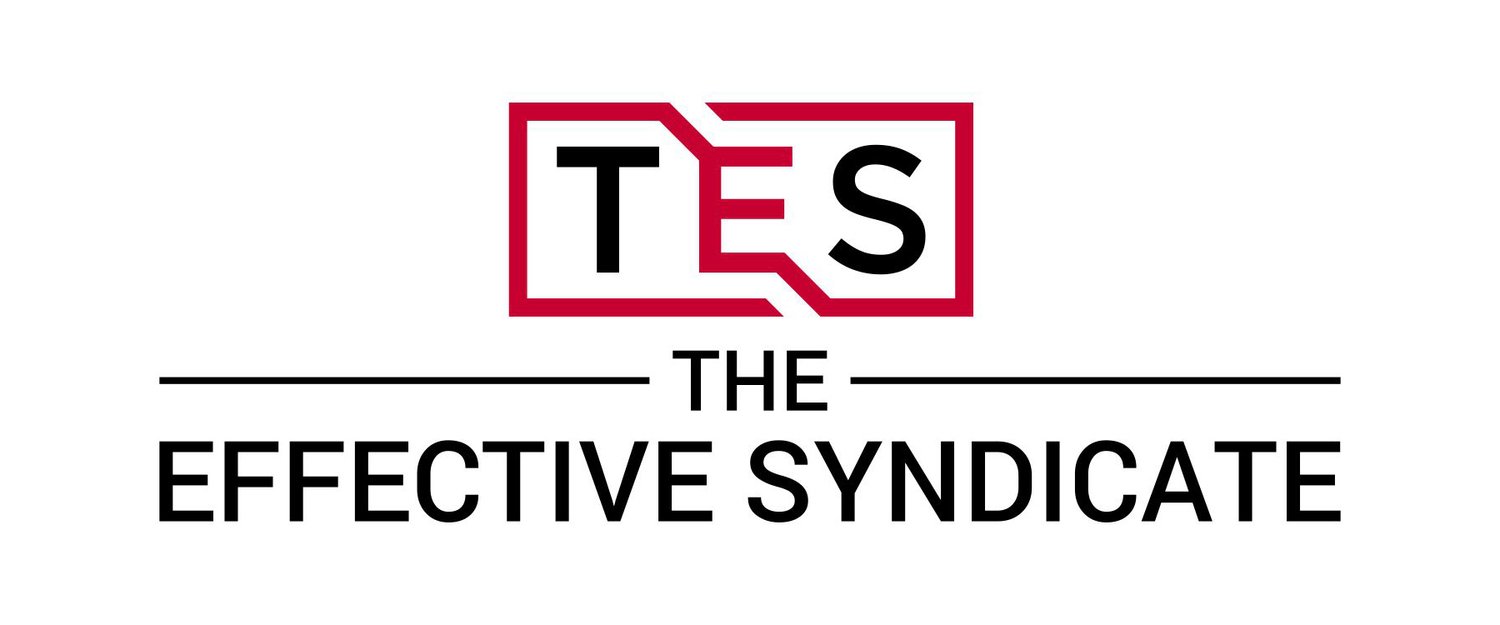The Culture of Safety
September 29, 1998, I remember sitting in my 3rd grade classroom as the teacher wheeled in the A/V cart and turned on the TV. There was a sense of anxiety from my teacher, Mrs. Goode. But at the time, I didn’t understand the significance of what was about to happen.
A hushed silence fell across the room as the countdown began. At 11:37 am, the space shuttle Discovery lifted off from the Kennedy Space Center. As it became clear that the space shuttle launch was a success, a cheer echoed throughout the classroom and hallways. The adults led the celebration.
This was the first space shuttle to launch since the Challenger disaster several years earlier. Later that year, I would complete a research paper concerning that tragedy. I learned that the explosion resulted from the effects that the cold weather had on the rocket O-rings. Recently, a Netflix documentary was released that provided me with some details that I hadn’t learned as a child.
I learned that there had been a history of O-ring “issues.” Several engineers had expressed concern with the design and integrity of the O-rings, particularly in cold temperatures. Those concerns weren’t completely dismissed, but it was deemed that the data was too “inconclusive” to halt further launches, so they continued.
On the fateful day that the Challenger readied for launch, the temperature was colder than any previous launch. The engineers again expressed concern and ultimately recommended that the launch be postponed. However, we all know that didn’t happen as leadership felt they needed to stay on schedule and one even mentioned, “you have to take risks.”
Seven individuals lost their lives that day.
I have worked in dozens of facilities that claim that “Safety is number one.” To be honest, I have only stepped foot in one facility where I felt that leadership believed that. Most companies claim safety is important, but their actions aren’t reflective of that claim. I have watched firsthand as employees violate company safety codes right in front of management. More often than not, when I bring up the matter, leadership will confirm that I am right, but won’t rectify the issue with the employee. Furthermore, they are often reluctant to implement countermeasures that would prevent the safety violation from even occurring.
There are only two perspectives at the end of the day: “Safety is number one,” or it isn’t. One might seem “easier” than the other, but only one has the courage to halt the launch and save seven lives.
Where do you stand?

